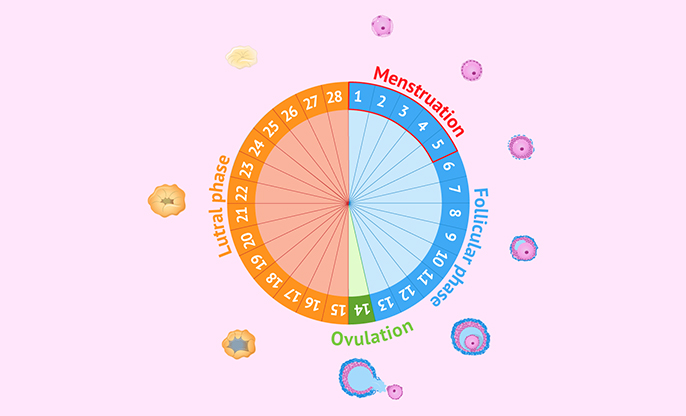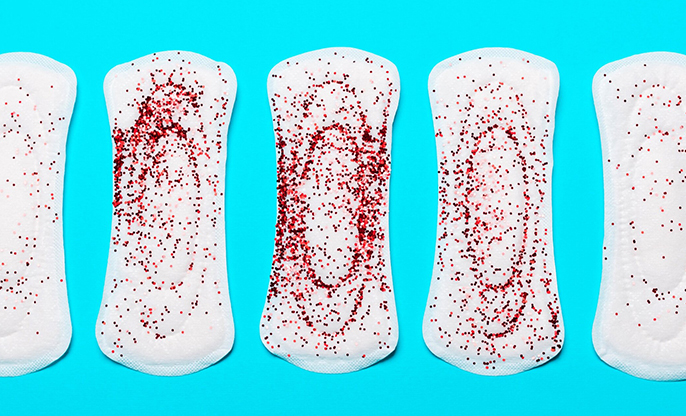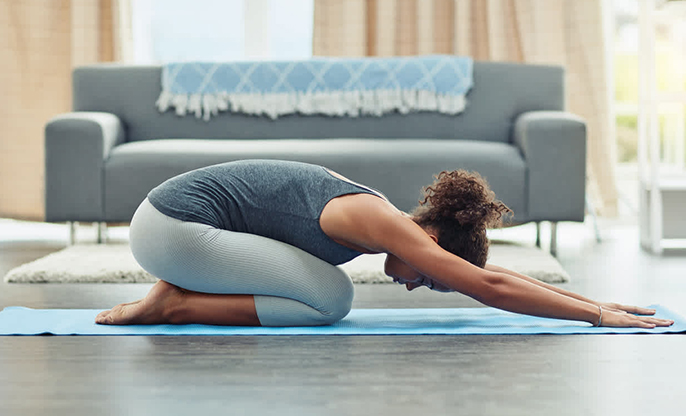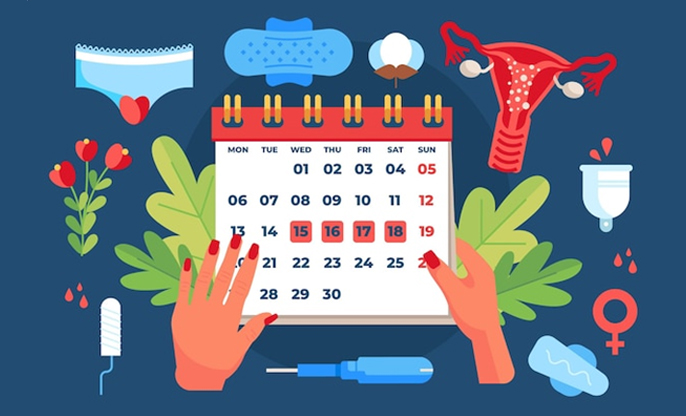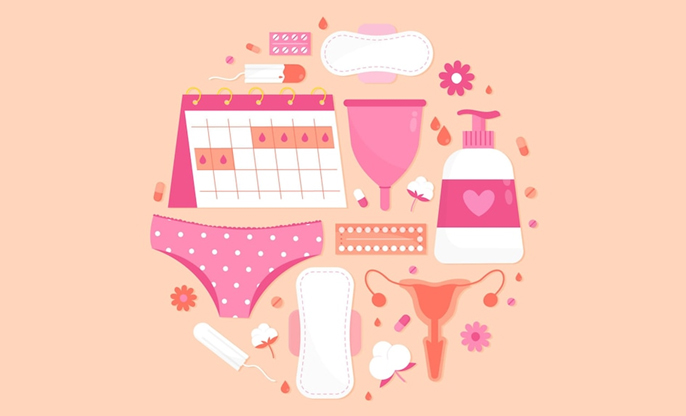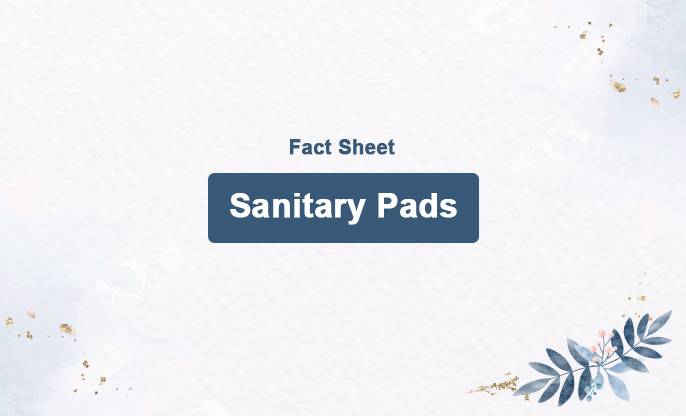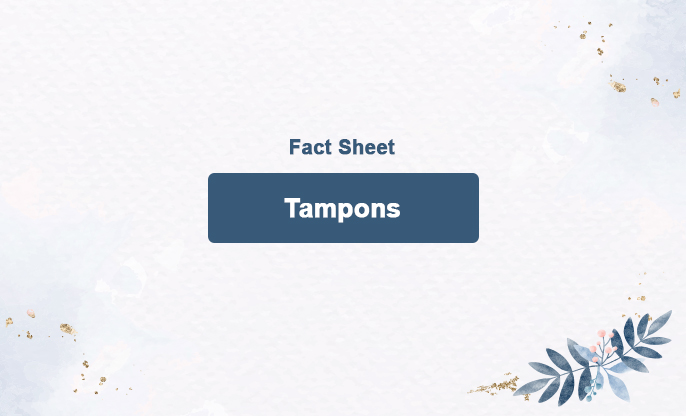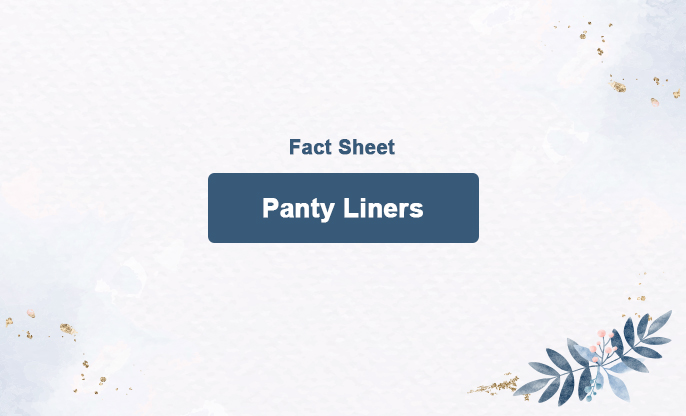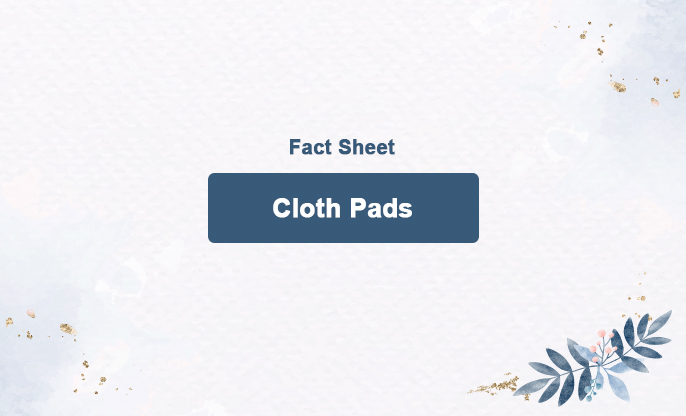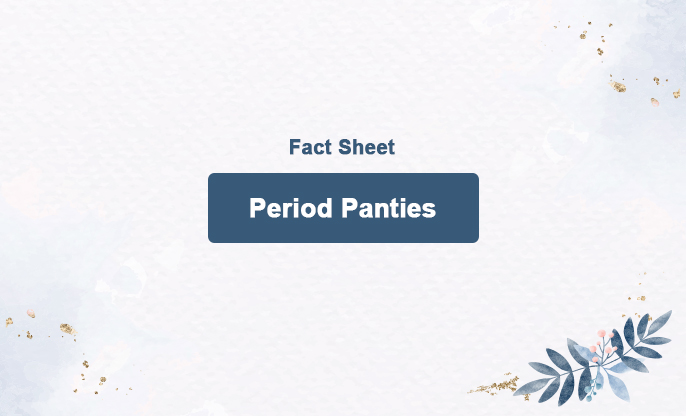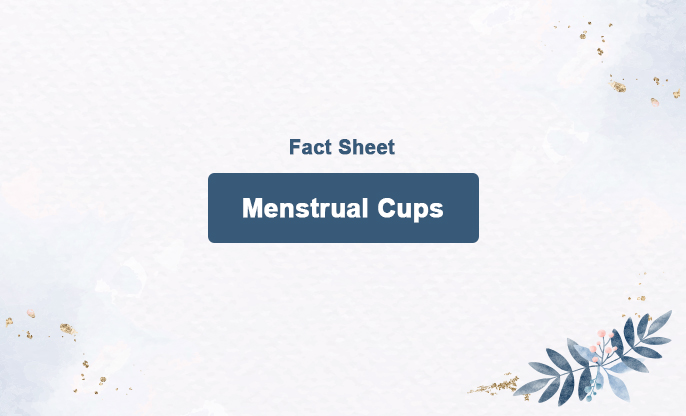
What is this?
A menstrual cup is crafted from flexible medical-grade silicone and shaped like a bell, designed to be inserted into the vagina. Instead of absorbing menstrual fluid, it collects it, creating a seal and staying in place due to the vaginal walls. This eliminates the need for underwear during its use. A reusable menstrual cup can hold up to three times more blood than pads or tampons. However, after 6–12 hours of use, it must be removed, emptied, rinsed, and reinserted. At the end of each menstrual cycle, the cup should be boiled for 5–10 minutes. Since they last for 5–10 years, menstrual cups generate less waste compared to other menstrual hygiene products.
What is it made of?
Menstrual cups are typically made of medical-grade materials, ensuring they are safe for use in the body. The most common materials used to manufacture menstrual cups include:
Medical-Grade Silicone: This is the most popular material due to its flexibility, durability, and hypoallergenic properties. It is safe for long-term use and does not contain any harmful chemicals.
Thermoplastic Elastomer (TPE): TPE is another hypoallergenic material used for menstrual cups. It is flexible, durable, and can be easily molded, making it suitable for menstrual cup production.
Natural Rubber (Latex): Some menstrual cups are made from natural rubber, which is also flexible and durable. However, this material may not be suitable for individuals with latex allergies.
How to use it?
Always start by washing your hands with soap and water to ensure hygiene.
Sterilize the Cup: Before the first use and after each menstrual cycle, sterilize your cup by boiling it in water for 5-10 minutes.
Fold the Cup: Fold the menstrual cup to make insertion easier. Common folding methods include the C-fold, punch-down fold, and the 7-fold.
C-Fold: Press the sides of the cup together and then fold it in half to form a C shape.
Punch-Down Fold: Push one side of the rim down into the base of the cup to form a narrow point.
7-Fold: Press the sides of the cup together and then fold one side down diagonally to form a 7 shape.
Insert the Cup: Find a comfortable position, such as squatting, standing with one leg up, or sitting on the toilet. Gently separate your labia and insert the folded cup into your vagina, aiming towards your tailbone. Ensure the cup is fully inside but not too high.
Let It Open: Once the cup is inside, it will open up. You may need to twist or gently push/pull the cup to ensure it is fully open and creating a seal. Running a finger around the base of the cup can help check if it's fully open.
Check the Seal: Gently tug on the base of the cup to ensure it has created a seal. If it moves easily, it might not be sealed correctly, and you may need to adjust it.
Wear It: A menstrual cup can be worn for up to 12 hours, depending on your flow. You can use it during various activities, including swimming and sleeping.
Remove the Cup: Wash your hands before removing the cup. Find a comfortable position, then gently pull on the stem of the cup until you can reach the base. Pinch the base to break the seal and remove the cup slowly.
Empty and Clean: Empty the contents into the toilet, rinse the cup with water (and mild soap if needed), and reinsert. If you're in a public restroom, you can use wet tissue or menstrual cup wipes for cleaning and reinsert the cup.
Sterilize After Your Cycle: After your menstrual cycle, sterilize the cup by boiling it again, let it dry, and store it in a clean, breathable pouch until the next use.
Pros and Cons :
Pros
Cost-Effective: Menstrual cups are reusable, which means a one-time purchase can last for several years, saving money over time compared to buying disposable pads or tampons regularly.
Environmentally Friendly: Since menstrual cups are reusable, they generate significantly less waste than disposable menstrual products, reducing environmental impact.
Longer Wear Time: Menstrual cups can be worn for up to 12 hours, depending on your flow, which means fewer changes and more convenience, especially overnight or during travel.
Better for Health: Menstrual cups do not contain chemicals, bleaches, or fragrances often found in disposable products, reducing the risk of irritation and allergies. They also lower the risk of toxic shock syndrome (TSS) compared to tampons.
Higher Capacity: Menstrual cups can hold more fluid than tampons or pads, making them suitable for heavy flow days and reducing the frequency of changes.
Comfort: When inserted correctly, menstrual cups are comfortable and can be used during various activities, including swimming, exercising, and sleeping.
Cons
Learning Curve: Inserting and removing a menstrual cup can take practice and may be challenging for first-time users. Proper insertion techniques are crucial to prevent leaks and ensure comfort.
Initial Cost: While cost-effective in the long run, the initial purchase price of a menstrual cup can be higher than a box of pads or tampons, which might be a deterrent for some.
Maintenance: Menstrual cups require regular cleaning and sterilization, which can be inconvenient, especially in public restrooms or while traveling.
Not Suitable for All Conditions: People with certain medical conditions, such as uterine prolapse or a tilted uterus, may find using a menstrual cup challenging or unsuitable.
Insertion After Childbirth: Women who have recently given birth may need to wait until they have healed before they can comfortably use a menstrual cup.
Risk of TSS: Although lower than with tampons, there is still a minimal risk of Toxic Shock Syndrome (TSS) if the cup is not used or cleaned properly.
